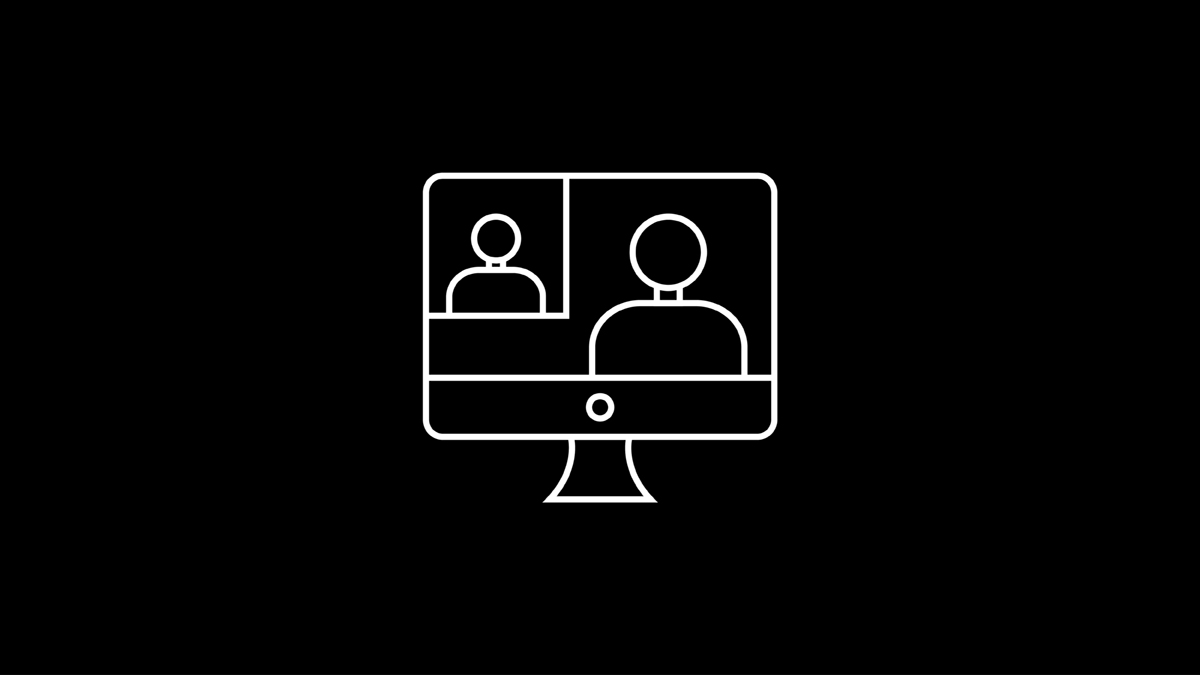A broadcast interview is a tremendous awareness-building opportunity. It provides broad reach to key audiences. It validates a company and its spokespeople as thought and market leaders.
Often, these opportunities come with little advance warning, tied to breaking news. Experts must quickly ready themselves for in-studio interviews.
At times, interviews take place remotely, via video chat from a guest’s home or office. With COVID-19 currently limiting business and personal travel, remote broadcast interviews may become more common. It is a possibility we are helping many clients, especially our health care public relations programs, prepare for.
This format requires an additional set of considerations – beyond standard interview preparation. Here are some of those considerations to ensure a high-quality interview:
A HARD WIRED, SECURE VIDEO SETUP
Wireless connections can easily fail, causing interruptions and delays. A secure setup that is hard wired is best. Most broadcast outlets have a preferred method – such as Skype – for conducting remote, live interviews. Spokespeople should ensure they have:
- An updated Skype account they can easily sign into
- The Zoom video conferencing app downloaded and installed
- Ability to access Cisco WebEx
RELIABLE HARDWARE
Poor audio and visuals can ruin an interview and detract from otherwise strong messages. Investing in reliable video and audio hardware is worthwhile. Here are recommendations for hardware and lighting that are easy to use and install:
HIGH-SPEED INTERNET
Internet speed is very important, both the upload and download speed. You can check your speed through your internet service provider or via Speedtest.net. Also consider:
- You need at least 3-5 MB upload speed to get a quality of 1.2 MBs stream out
- Make sure that devices are connected through a 5GHz network (rather than the older 2.4Ghz network)
A SIMPLE, WELL-LIT BACKDROP
Studios, with professional-grade lighting and a clean setup, ensure favorable visuals and minimize distraction. Here are basic tips for creating a good environment for remote interviews at home:
- Choose a background that is not busy, such as a neat bookshelf or a solid color wall. Avoid a location that has large works of art, personal photos, etc. If possible, the background should be representative of the kind of work you do.
- Elevate your laptop or adjust your computer so that the webcam is eye level. You should not have to look down or tilt your head back to look at the camera.
- Beware of ambient lighting. Make sure to turn off any overhead lighting. If there is a window in the room, ensure you are facing it directly (and there is no light coming in behind the camera or on the side of your face where it can create shadows). Draw the shade if the light is too bright and “whiting out” your face.
- Use the above light, or natural light, that is directly on your face, and consider investing in a small, mounted light to ensure you are properly lit. We recommend the Lume Cube Air VC Kit.
FOLLOW BASIC INTERVIEW TIPS
We recommend practicing with a friend or colleague online before conducting the actual interview.
- Use a quiet space where you will not be interrupted. Lock the door if needed.
- Shut your cell phone completely off and put it away.
- Close all programs on your computer so that Slack, email, etc. will not distract you.
- Dress professionally and don’t wear a shirt with stripes or a small pattern; don’t wear much jewelry or a large watch; do not wear an Apple Watch or Fitbit that could distract you.
- Sit up straight toward the edge of your chair; if the chair swivels, fix it in place to avoid fidgeting and movement during the interview.
- Fold your hands in your lap.
- Look directly into the camera. You can use your laptop or a piece of paper as a teleprompter to glance down for talking points briefly but look at the camera as much as possible.
This chance to provide your company’s voice during major industry or national news, and potentially define the role your company is playing, can positively impact credibility, trust and growth. As such, it requires proper preparation and consideration. Practicing a few times with this setup to catch any issues or familiarize yourself with the tools is mandatory.
More tips on hosting virtual meetings and events with impact here, and for questions, guidance or support with your response efforts, Padilla’s Coronavirus Response Team stands ready to help.
This article was initially published by our sister company SHIFT Communications – read the full post here.
For more insights on communication and brand strategy, industry trends and more, subscribe today to the Weekly Buzz here.
